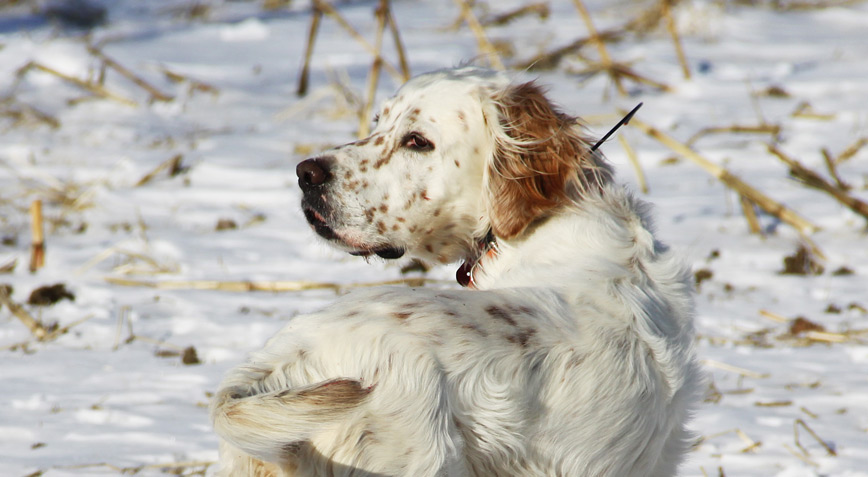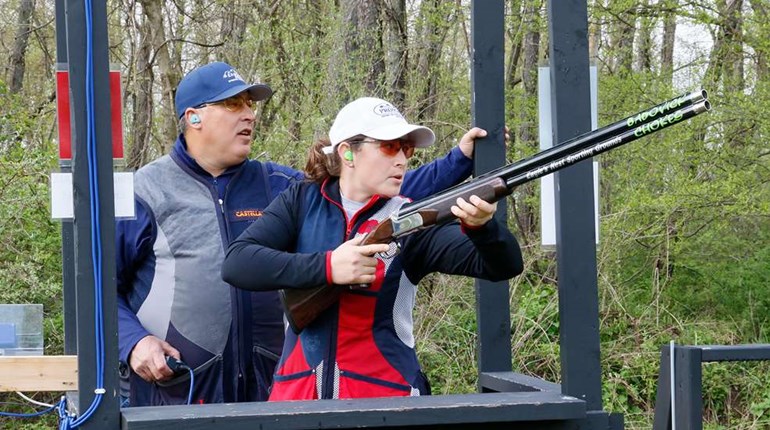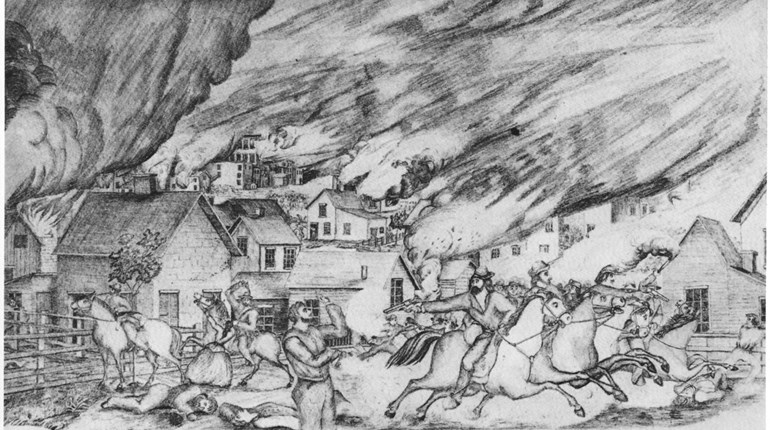
In game-bird hunting, there is no more classic sight than that of a fine dog locked on a statue-still point, anticipating the flush of a ring-necked pheasant, ruffed grouse or bobwhite quail. But if you have never hunted behind a bird dog before, there are several things you need to know to keep the dog safe, keep its owner happy, and get yourself invited back for future hunts.
Richard Baylor of Columbus, Ohio, owns a pair of handsome, hard-hunting English setters, the father-and-son team of Casey and Covey. The dogs were bred from the prestigious Old Hemlock (www.oldhemlock.org) line of setters developed by George Bird Evans beginning in the mid-1940s in West Virginia. (And yes, Bird really was Evans’ middle name, not a nickname.) A legendary outdoors writer and illustrator of the 20th Century, Evans passed away in 1998.
Baylor hunts mainly grouse and woodcock with his dogs, but also keeps them sharp by occasionally guiding at Elkhorn Lake Hunt Club (www.elkhornlakehuntclub.com) in central Ohio, leading clients on hunts chasing pen-reared ringnecks.
“The hunt club is open to the public, and through the years I believe I’ve seen it all,” said Baylor. “Some hunters show up dressed like they just stepped out of an Orvis catalog, and others are wearing blue jeans and tennis shoes. I never know what to expect…”
Not surprisingly, the hunters have various skill levels and experience shooting over bird dogs, so Baylor gives them what he calls “the speech” as they walk from the clubhouse to the fields they’ve been assigned to hunt.
“I start out by telling them that the dogs are more important to me than they are,” said Baylor, and he’s only half joking. “When I say something like that, it usually gets their attention. I want the hunters to know that my two dogs are like family to me. I want everyone to have fun and enjoy themselves, but I also want them to understand that the dogs are vulnerable as they hunt because they’re the ones in front of the guns.”
That said, Baylor then runs through the following list of what he expects of the hunters. It’s not extensive, but he demands the rules be strictly followed to keep everyone safe during the hunt, including the dogs:
1. Don’t be too anxious
“I tell hunters not to want any particular shot too much,” said Baylor. “What I mean by that is no bird is worth taking a chance on. For instance, if a bird flushes and is not safely within your zone of fire—about a 45-degree cone in front of you—let it fly on and we’ll find another one. Don’t put other hunters in jeopardy by taking a shot that’s unsafe, out of your field of fire.”
2. Approach a dog on point from the side
“When a dog goes on point move in slowly from the side, not from directly behind it,” said Baylor. “The dog can see you better from the side which puts it more at ease, particularly a young dog. Even approaching a dog on point from the front, which can happen at times, is preferable than coming up from behind. In such a situation the dog can easily see you and the bird is pinched between you and the dog so is more likely to fly than try to run.”
3. Observe the “Blue-Sky” rule
Baylor emphasized, too, the importance of keeping the muzzle of your shotgun pointed up, with the safety on, as you approach a dog on point. “The safety should come off only at the last split-second, as the bird flushes and the gun comes to your shoulder,” he said. “And wait to shoot until the bird is safely away from the dog and you can see blue sky below the bird. In other words, if a bird flushes and skims the tops of the weeds as it flies away, that is not a safe shot. Let it go…”
4. Never shoot a bird on the ground
“I don’t want hunters shooting anything on the ground,” said Baylor. “And that includes a wounded bird or a non-target game species such as a rabbit. It’s just too dangerous for the dogs and other hunters, and can confuse the dogs as to what they are supposed to be hunting. If a bird is down and injured, let the dogs find and retrieve it.”
5. Don’t chase running birds
The time-tested upland hunting technique of hunters walking in a straight line, shoulder to shoulder spaced several yards apart as they hunt, is for the safety of the hunters as well as the dogs. Baylor related a particularly memorable—and potentially dangerous—incident from last season when that did not happen.
“I was guiding a group of four hunters and one of the guys was always getting ahead of the rest of us. I continually told him about it, and asked him to please stay in line with everyone else. One of my dogs went on point, but the pheasant began running and this guy took off on a dead run to try and flush the bird—and obviously with a loaded shotgun in his hands! I yelled at him to stop, but he ignored me. So I whistled my dogs back to get them away from him. He never did flush the pheasant, and when he got back to me I asked to see his shotgun. That's when I unloaded it and told him that since he wasn't going to listen, the hunt was over for him.”
6. Never command the dog
“Finally, let the dog’s owner work the dog; don’t try to give it commands or in any other way try to tell the dog what to do,” said Baylor. “And that goes for petting a dog, as well. Most dogs like being petted and praised, but save that until the hunt is over. When hunting dogs are hunting, they are all business and shouldn’t be needlessly distracted.”






































